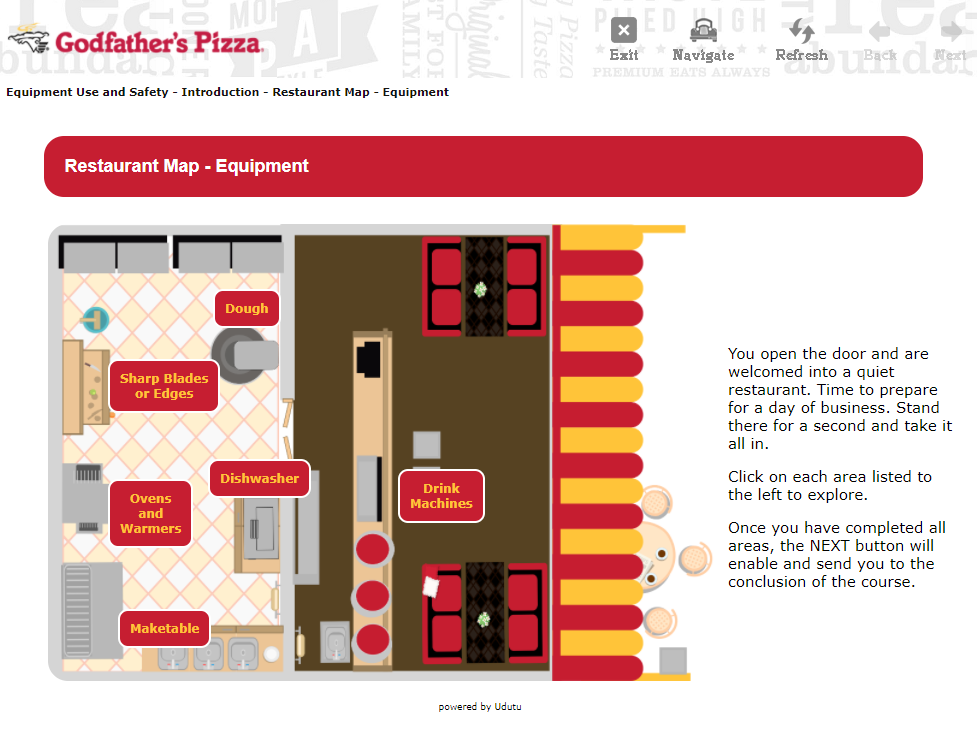
Are you new to the world of instructional design for eLearning? During the COVID-19 pandemic, many subject matter experts (SMEs) and classroom teachers have found themselves transitioning to online learning whether they were ready or not. If creating online courses and training is a new experience for you, fear not! Use this guide to not only become familiar with the principles of instructional design, but to also empower yourself to take action and create online courses like a pro.
Many instructional designers begin with ADDIE, a widely used design model which stands for:
Analysis > Design > Development > Implementation > Evaluation
This model covers the general components of course creation, ranging from scoping the project, story boarding, creation and execution, and determining the final results. While this may seem all-encompassing at first glance, many designers are now moving beyond these basic steps and into the world of Agile instructional design.
The Agile method was first developed in the software industry, with the central belief of allowing for rapid change over adhering to a firm plan. In short, the early Agile pioneers set out to intentionally create work processes that were, well, agile and not rigid. This allowed for faster software development, increased innovation, and stronger collaboration across cross-functional teams.
The instructional design world took notice and realized that Agile could be adapted to meet the needs of learning and development teams as well. When instructional designers take an Agile approach, they iterate, meet more frequently with their stakeholders to discuss drafts and ideas, and they may release “minimum viable products” as they work toward creating more polished and comprehensive assets later in the project life cycle.
Just like with Agile software development, the benefits for the learning and development world are plentiful. Development is faster. Agile teams are able to respond more nimbly to change at any point in the development process, and the needs of the end user (which for instructional designers, would be the learners) are paramount.
Creating Online Trainings: Pros and Cons of ADDIE and Agile
At this point you might be wondering how ADDIE and Agile relate. Let’s discuss some of the most frequently asked questions about these two design models:
- What’s wrong with ADDIE? Nothing is “wrong” with ADDIE per se; it’s a tried and true method that has been practiced for decades. However, when compared to Agile it can be slow, rudimentary, and doesn’t create the same space for innovation or allow designers to easily change plans if needed. Agile relies on close working relationships between designers and their stakeholders through regular touch points, whereas ADDIE may run the risk of being more “set it and forget it,” which could allow designers to develop content that does not align with what their stakeholders had in mind.
- Do I have to pick one model or the other? Absolutely not! Keep reading to see how ADDIE and Agile actually play quite well together.
- Can I iterate with ADDIE? Consider what the letters in the ADDIE model stand for; what happens when you get to the “E” and you evaluate your work? Certainly, you don’t stop there, right? Chances are, after you evaluate you may go back to the drawing boards in some capacity. If you find yourself re-designing, re-developing, and then naturally, re-implementing, you’ve just iterated with ADDIE. ADDIE and Agile pair nicely if you consider ADDIE to be cyclical, and not linear.
- Which model is better suited for online courses? If you work in an organization or industry where content can change rapidly, you may find that the Agile model helps you work at a faster pace. Throughout an Agile project, designers meet regularly with their stakeholders, so there’s no unpleasant surprises or need for costly and time-consuming revisions after hours of development work. Courses may even be released in iterations, where each version is usable, but each update offers significant improvements. This workflow complements cloud-based rapid authoring course development tools, which quickly and easily allow for updates at the click of a button.
- Can I use these models when creating any type of learning content? Yes, definitely! These concepts are not unique to online courses, so whether you find yourself creating eLearning, instructor-led training, or even static assets such as documents, both the ADDIE and Agile models can guide you as you work.
Successfully Transitioning to Online Learning
Whether you use ADDIE, Agile, or any other design model, having a guiding philosophy behind your work will help you lead your projects to success. If you are new to instructional design and online course creation and find yourself leveraging or re-purposing content that was previously used in a different format (such as converting live or classroom training to an online setting), an Agile workflow may be of particular benefit to you. Think of these previous versions as your first iterations, then get to work editing, updating, and re-imagining your old content in this new format. Whether you’re converting PowerPoint presentations into eLearning, creating multimedia courses with text, audio, and visuals, or even creating content from scratch, following a design model will ensure you complete your projects on time, within scope, and within budget.






